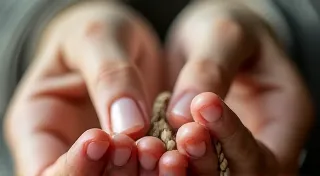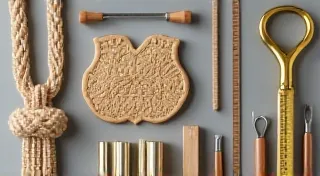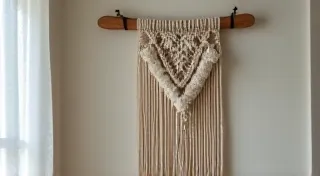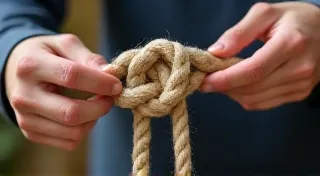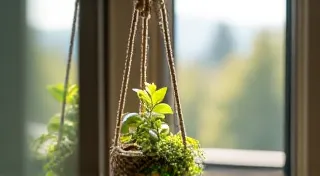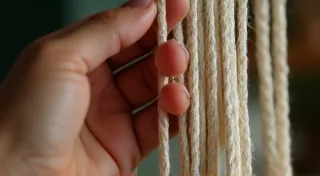Common Macrame Mistakes & How to Avoid Them
Welcome to the wonderful world of macrame! Learning to knot can be incredibly rewarding, but even experienced knotters sometimes stumble. This guide is dedicated to helping beginners (and even those with a little experience!) avoid common macrame mistakes and create beautiful, frustration-free projects. Let's dive in!
1. Inconsistent Tension – The Wobbly Knot!
Probably the most frequent complaint from new macrame artists is uneven tension. This results in your knots appearing sloppy, twisted, or pulling in unpredictable ways. Think of it as the foundation upon which all your knots are built – if it’s shaky, everything else will be too.
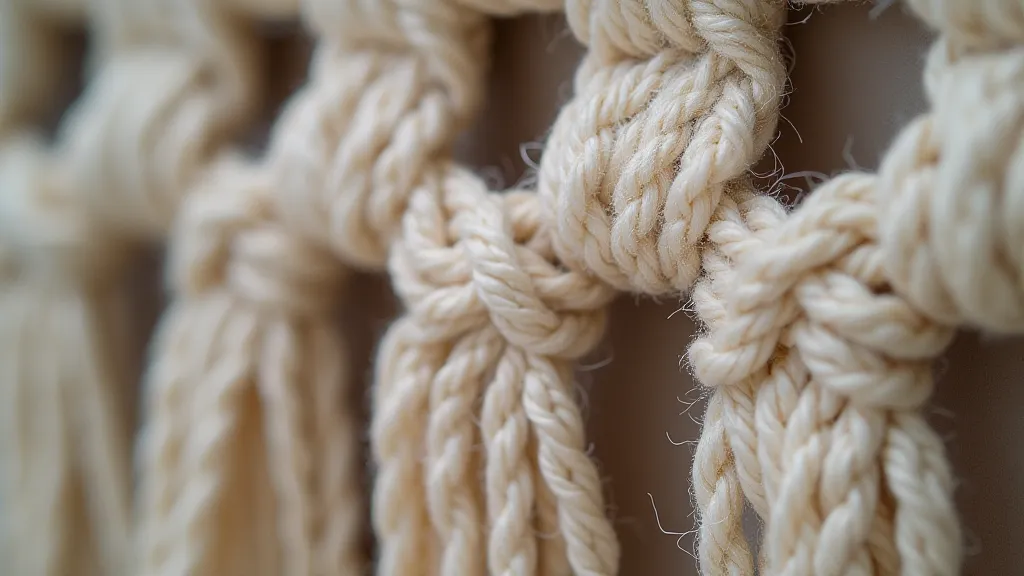
How to Fix It: Consciously pull each strand of cord with equal force. Practice with scrap cord until your pulls feel consistent. A good trick is to “feel” the tension of each strand as you pull. If one feels looser, tighten it slightly before moving on.
2. Incorrect Cord Length – Running Out (or Having Too Much!)
Calculating cord length is an art in itself. Too little cord and you'll be scrambling to find more, potentially disrupting your project’s consistency. Too much and you're dealing with a tangled mess and a lot of trimming! Figuring out just how much cord you need can seem daunting, but a little preparation goes a long way. Before you even begin, understanding the basics of measuring macrame cord is essential to avoiding this common frustration.
How to Fix It: Most tutorials will provide an estimated cord length. When starting, it's always better to err on the side of caution and cut a bit extra. A general rule of thumb is to cut cord four times the desired finished length for a basic knot, but this can vary significantly based on the pattern and knot type. Practice measuring cord with a tape measure and compare to finished pieces.
3. Knot Orientation – The Directional Dilemma
Macrame knots aren't just about pulling; they're about direction! A left-facing knot looks very different from a right-facing knot. Getting the orientation wrong can create an unintentional pattern, or worse, a knot that doesn't look like it should!
How to Fix It: Pay close attention to the illustrations or video demonstrations. Note which side the working cords are pulled towards. Some tutorials will explicitly state "left-facing" or "right-facing." Don’t be afraid to undo a few knots and redo them correctly. It’s better to correct an error early than to have to unravel a whole section later.
4. Using the Wrong Cord – A Matter of Material
Different cords behave differently. A thick, stiff cord will knot differently than a soft, pliable one. Using the wrong type of cord can make your knots difficult to manage and affect the final look of your project. The material you choose significantly influences the finished product – from the drape and texture to the overall aesthetic.
How to Fix It: When following a pattern, stick to the recommended cord type and thickness. If you're experimenting, be aware that different cords will have different properties. Cotton cord is a very popular choice for beginners due to its relatively easy handling, but jute, hemp, and synthetic cords all have their place.
5. Rushing the Process – Patience is Key
Macrame requires focus and a bit of patience. Trying to rush through the knotting process often leads to mistakes, skipped steps, and frustration. The intricate nature of macrame demands a slow and deliberate approach, allowing you to truly connect with the materials and the process.
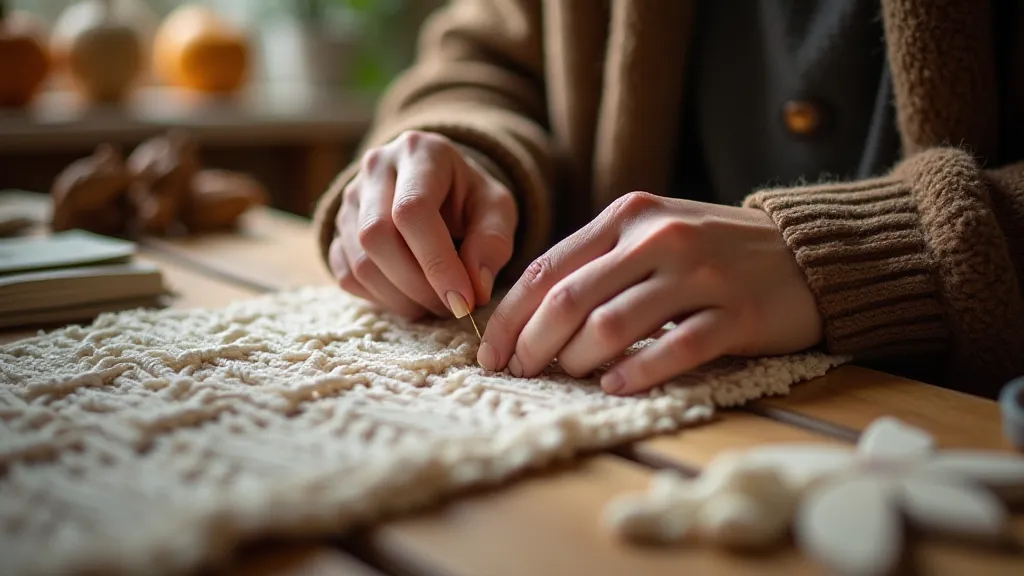
How to Fix It: Create a comfortable workspace and dedicate specific time to macrame. Don’t try to cram it in between other tasks. Take breaks when you feel overwhelmed. Remember, practice makes perfect!
6. Neglecting to Secure the Ends – A Loose Thread
Many beginners forget to properly secure the ends of their cords. This can lead to unraveling and a lot of rework! Properly securing those ends is just as important as creating the beautiful knots themselves.
How to Fix It: There are several ways to secure ends: tying a secure knot, tucking the ends under existing knots, or using a dab of craft glue (for synthetic cords). Always double-check your work to ensure the ends are properly secured.
7. Not Reading Instructions Carefully – The Missed Step
It seems obvious, but it’s easy to skim over instructions! Missing a crucial step can result in a project that doesn't look as intended or even falls apart. Taking the time to fully understand the instructions upfront can save you valuable time and frustration in the long run.
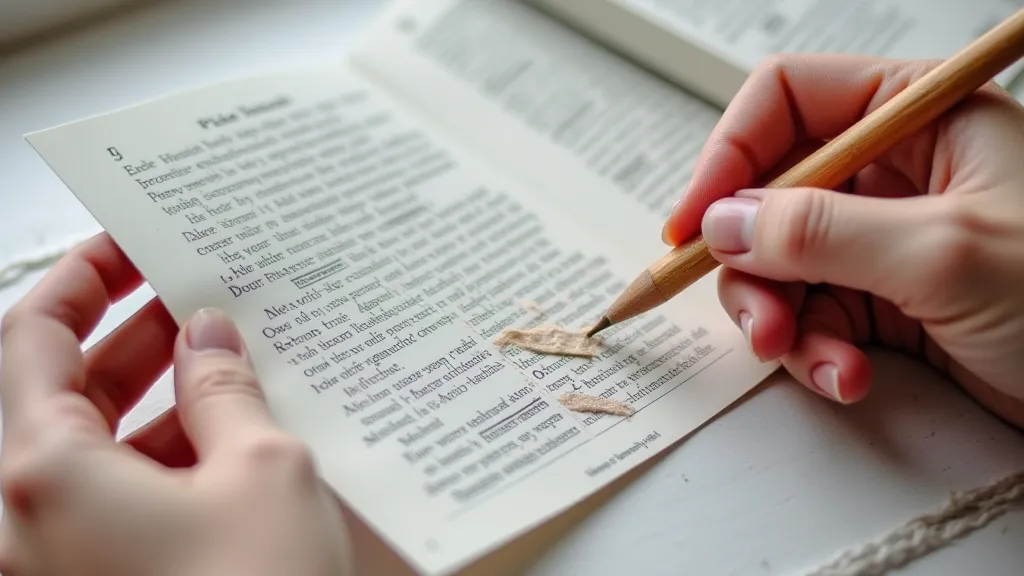
How to Fix It: Read each step of the instructions carefully before you begin knotting. If you're unsure about something, re-read it or search online for clarification. Don’t be afraid to ask for help from online communities or fellow macrame artists.
Beyond the Basics: Adding Your Personal Touch
Once you're comfortable with the fundamentals and have mastered these techniques, the real fun begins! Macrame is more than just knotting; it's a form of creative expression. Don’t be afraid to experiment with different cords, colors, and patterns to create truly unique pieces.
Choosing Your First Project – A Gentle Introduction
Feeling inspired to start your macrame journey? A great way to begin is with a simple project that allows you to practice the basic knots and build your confidence. Consider a beginner-friendly project like a simple plant hanger, which is both practical and visually appealing.
The Philosophy of Macrame: More Than Just a Craft
Macrame isn't just about creating beautiful objects; it's also about connecting with a long and rich history. From its origins in ancient cultures to its resurgence as a popular craft today, macrame has always been a way for people to express themselves and create meaningful connections. The process itself can be meditative and rewarding, allowing you to quiet your mind and focus on the present moment. It’s about the silent conversation between the artist and the materials, a dialogue that results in something truly beautiful and unique.
By being aware of these common macrame mistakes and following these simple tips, you’re well on your way to creating beautiful, handmade projects! Happy knotting!
